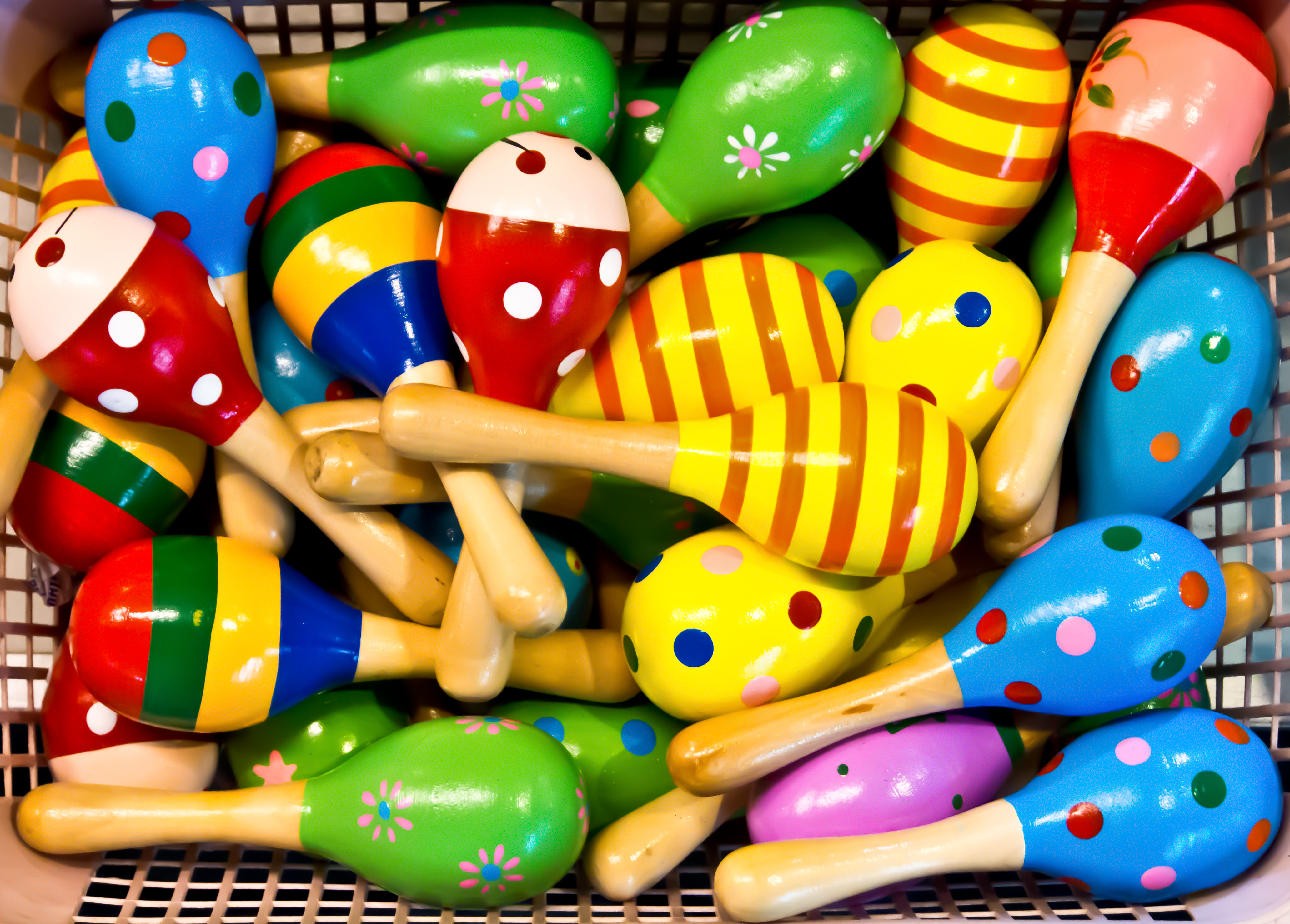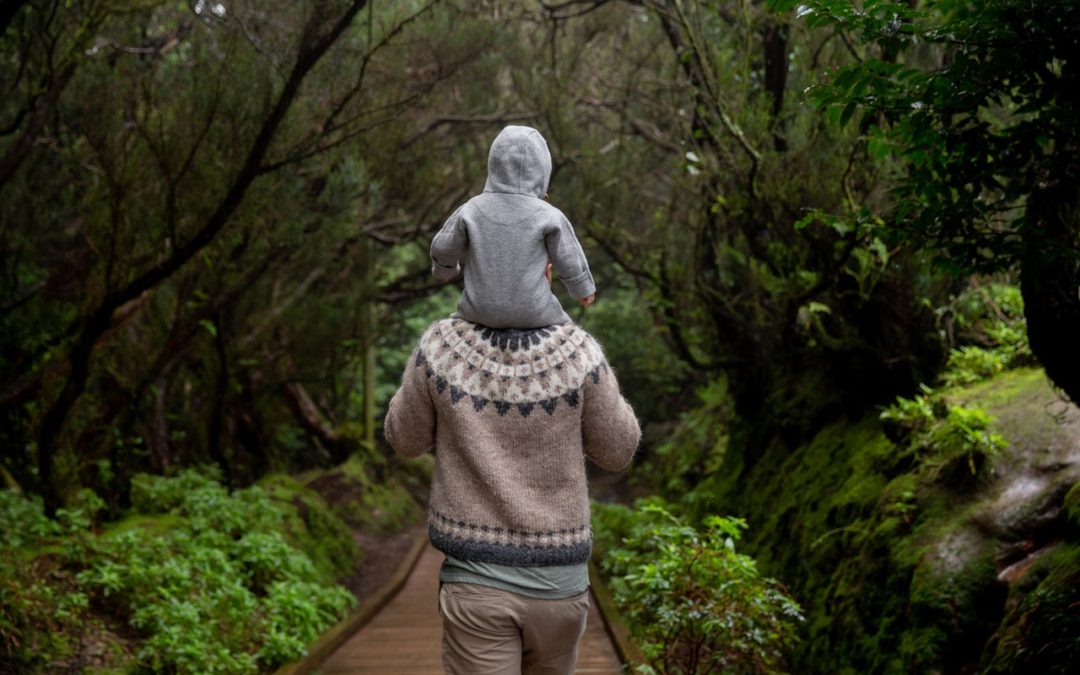
Book: Way Down Deep in the Deep Blue Sea
Blog post written by Kayla Davitt, MT-BC
Song performed and recorded by Jamie Swieringa, MT-BC
A sea turtle. A dolphin. A great white shark. These are just some of the creatures you may think of when picturing yourself swimming in the ocean. With this summer heat, everybody wants to be swimming, whether that be in a pool, a lake, the ocean, or even the bathtub! In Jan Peck’s storybook Way Down Deep in the Deep Blue Sea, young children will encounter numerous sea creatures while journeying through the ocean with the main character who is on a quest for pirate treasure!
Jamie Swieringa, a fellow music therapist and employee at UMTC, wrote a very creative and catchy melody to sing while reading this book with your child. Feel free to sing along with the recording or create your own melody!
At UMTC, our therapists strive to develop creative ways to incorporate music into everyday activities. Using this book during storytime with younger children is a great way to entice them into learning through music! This wonderfully illustrated storybook is mostly geared towards younger children. While reading this book with your child, you can address a multitude of skills such as animal identification, color identification, opposites (big/little, up/down, etc.), and appropriate social greetings using “hello” and “goodbye” in song. Here are a few suggestions to follow when reading this book with your child:
Animal and Color Identification
Most young children may be familiar with the more commonly pictured sea creatures such as turtles, dolphins, fish, or sharks. This storybook, however, features some creatures that may be less familiar to a young child: a hermit crab, starfish, sea horse, and swordfish! Encourage your child to become more familiar with these sea creatures by describing them in detail! A hermit crab will grow out of its shell and explore his surroundings to find a new shell. A starfish can grow new legs if it is hurt. A male seahorse carries the baby seahorses instead of a female. A swordfish has a sword-like bill to use to swipe through schools of smaller fish when hunting. While identifying the creatures, you can also encourage your child to describe the colors he/she sees when looking at the different sea creatures.
Opposite Identification
The illustrator of this storybook, Valeria Petrone, created scenes in which the main character is larger than some of the animals. As the storybook progress, you will notice that the main character becomes smaller while the animals become larger in reference to what a human would look like next to a given animal. Ask your child to identify who is bigger and who is smaller as you read through the book. Don’t be afraid to challenge your child by asking him/her where in the ocean the animal is swimming: up towards the sky or down at the bottom of the sea. This will encourage your child to use his/her inference skills!
Appropriate Social Greetings
As you may notice while listening to Jamie’s song, there is a constant part that includes “hello” and “goodbye.” This is a great opportunity for younger children to practice singing “hello” and “goodbye.” You can also pair a hand motion (wave, fist bump, high five, etc.) when singing “hello” and “goodbye.” Don’t be afraid to take the greetings out of context when the song has become familiar and sing them to your child throughout the day: “Hello, mom! Goodbye, dad!”
We hope you enjoy using this book in your homeschooling adventures! For more resources and activities to use with your children, please visit our “Resources” tab located at the top of the page.
If you are interested in purchasing Way Down Deep in the Deep Blue Sea, click here.
Happy reading!






